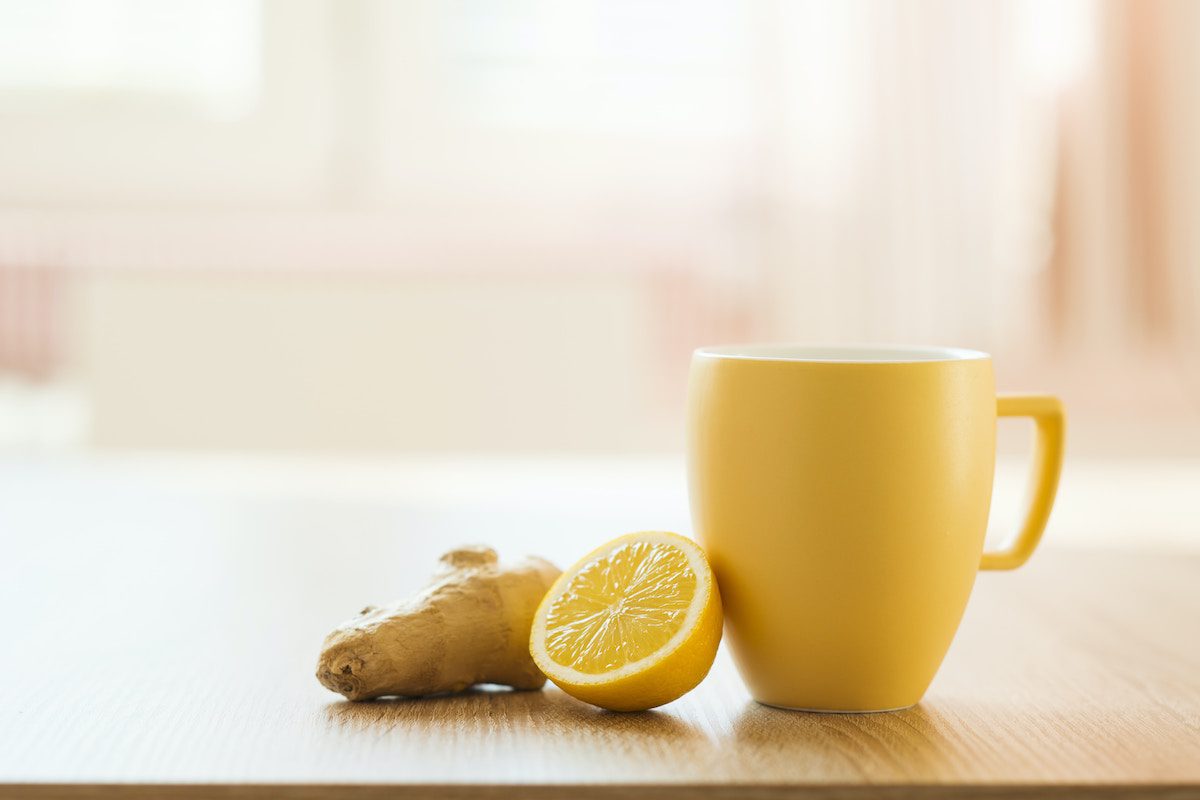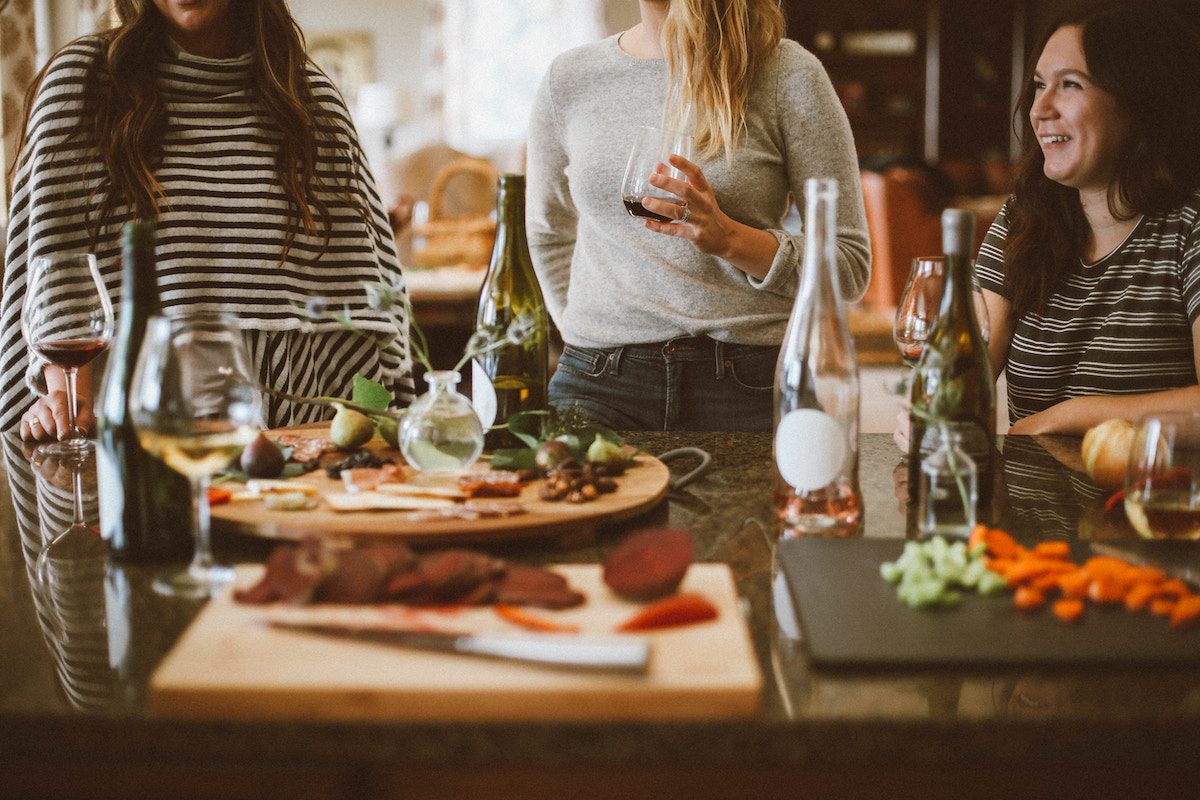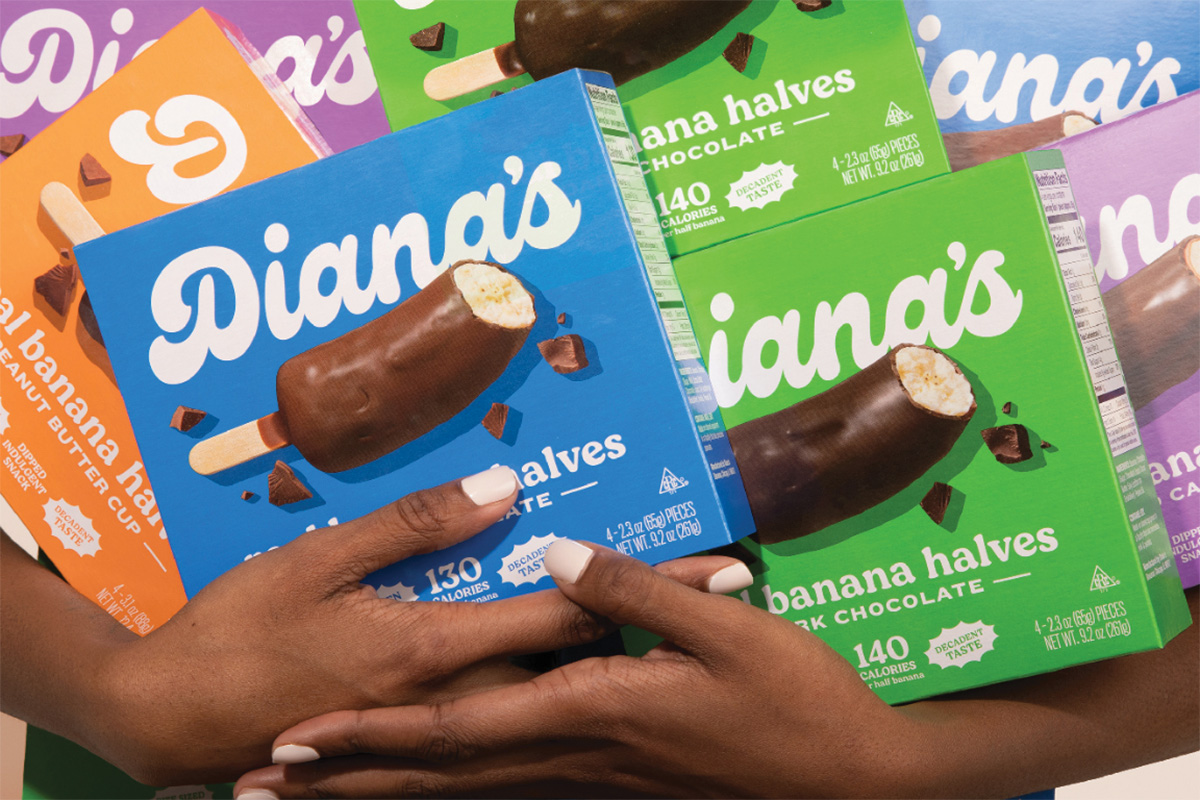How to Make a Complete Protein
I love protein. There are so many good things about it, all of which you can read about right here. Some delicious protein sources come from foods like dairy, eggs, and meat — but what if you’re looking for more plant-based protein options due to dietary and lifestyle choices?
The good news is there are a variety of plant-based proteins — but unless you want to make a meal and be hungry an hour later, you may want to fill your plate with complete protein sources.
If you’re wondering what makes a complete protein and how to make a complete protein, we’ve got you covered. Oh, and we finally answer the question you may have always wondered is true or not: Does protein make you more full?

What makes a complete protein?
According to the National Academy of Sports Medicine (NASM), most foods, except fruits and oils, contain some amount of protein: “Dairy, eggs, fish, grains, hemp, legumes, meat, poultry, soy, and vegetables, provide amino acids used to build protein in the body.”
Wait. Back it up. Time out. What is an amino acid? Amino acids are organic compounds that the body uses to make proteins, shares the Cleveland Clinic. Proteins are essentially a chain of amino acids. There are 20 different amino acids the body needs, and they each have different functions.
For example, the amino acid valine is involved in energy production, muscle growth, and tissue regeneration while tryptophan makes the brain chemical serotonin, which regulates appetite, mood, and sleep. Amino acids basically make a lot of our body’s daily functions run smoothly.
Eleven of the 20 amino acids our bodies need are actually produced by the body all on their own (impressive, right?), which is why these are called nonessential amino acids. We don’t necessarily need to worry about getting them from our diet since our bodies can synthesize them solo. The other nine amino acids, essential amino acids, we obtain through food sources.
A food is considered a complete protein when it contains all nine essential amino acids that our body can’t produce on its own. By comparison, incomplete proteins contain some, but not all, of the essential amino acids, and in various amounts.
Let’s clarify something. “Complete protein” doesn’t mean this type of protein is superior to an incomplete protein. It’s true that incomplete proteins don’t naturally contain all nine essential amino acids, but they all do bring something to the table.
When incomplete protein sources are combined with other foods that contain the amino acids they’re missing, then viola! We’ve just created a complete protein. This is known as mutual supplementation, which is the combination of two incomplete protein sources that together provide all of the essential amino acids. Pretty neat, right?
How to make a complete protein
The recommended dietary allowance (RDA) for protein is 0.8 g/kg of body weight. For example, a person who weighs 165 pounds, or 75 kilograms, should consume 60 grams of protein per day.
NASM notes that if you’re an individual who eats an omnivorous diet, which includes both animal and plant foods, you’ll easily obtain all of the essential amino acids through your diet as animal foods are complete protein sources. However, individuals who are vegan or vegetarian will need to include in their diet a range of plant protein sources to obtain adequate amounts of all essential amino acids.
Some examples of incomplete protein sources include:
- Amaranth
- Asparagus
- Avocado
- Beans
- Bok choy
- Broccoli
- Brussel sprouts
- Collard greens
- Couscous
- Lentils
- Millet
- Nuts
- Oatmeal
- Peas
- Quinoa
- Rice
- Seeds
- Spinach
When you combine some of these foods, you know how to make a complete protein. Piedmont Healthcare provides a few rules of thumb to help you remember which incomplete proteins should be combined to create a complete protein.
- Beans + whole grains (i.e., bean-based chili and crackers or refried beans and tortillas)
- Beans with nuts or seeds (i.e., salad topped with chickpeas and sunflower seeds)
- Nuts or seeds + whole grains (i.e., nut spread on toast)
Some popular combinations of incomplete proteins paired together to make one complete protein include beans and rice, hummus with pita bread (an example of good old ancestral eats), and a peanut butter sandwich (bread and peanut butter).
Katherine Gomez, RD, shares some other tasty combinations on how to make a complete protein.
- Chickpeas and brown rice. Combining brown rice and chickpeas is an excellent choice for creating a complete protein source. Brown rice is a whole grain rich in fiber, minerals, and vitamins. Chickpeas are high in protein except for methionine and have an excellent amino acid balance. This combination is delicious in rice and chickpea bowls, pilafs, salads, stir-fries, and even as a filling for wraps or burritos.
- Spirulina and nuts. Combining spirulina and nuts can result in a well-balanced snack or meal with a good balance of macronutrients and micronutrients. For example, consider adding spirulina powder to homemade energy balls, nut butter, or salads.
- Tofu and vegetables. Tofu and vegetables are a popular combination in Asian countries. Tofu provides the necessary amino acids, while vegetables add a variety of fiber, nutrients, and other amino acids. This combination is delicious and offers a good balance of protein and plant-based goodness.
Now that you know how to make a complete protein, does protein make you more full? Out of all the macronutrients, which are carbohydrates, fat, and protein, protein takes longer to digest than other nutrients, so it can keep you satisfied for longer, notes the Cleveland Clinic.
“Protein has been shown to have a satiating effect and can contribute to feelings of fullness,” shares Gomez. “Protein may promote satiety, including appetite-regulating hormones, blood sugar regulation, increased thermic effect, and slower gastric emptying.” In short, yes, protein can make you feel more full.
However, individual responses to protein and feelings of fullness can vary, notes Gomez. For example, factors such as overall diet, personal preferences, and unique metabolism can influence how protein affects satiety in different people, which is why it’s critical to focus on a well-rounded diet that balances macronutrients (including protein) and emphasizes whole foods and mindful eating practices.
The bottom line on complete proteins
Now you know what makes a complete protein and the difference between a complete protein and an incomplete protein. One isn’t superior to the other, but if you find yourself eating fewer complete protein sources due to dietary and lifestyle choices, you no longer have to wonder how to make a complete protein. Beans and rice, anyone?












